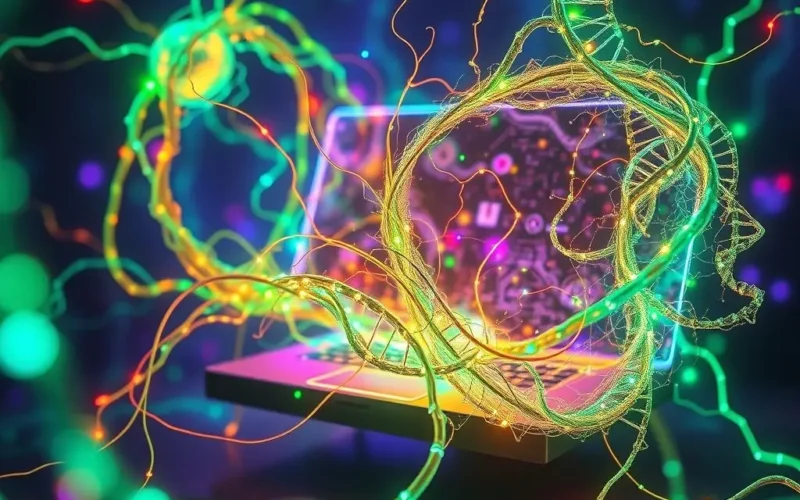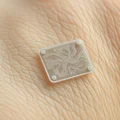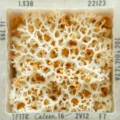What if your next computer wasn’t a sleek metallic box powered by silicon chips, but a pulsating, adaptive entity composed of living cells? This isn’t a plot from a futuristic novel; it’s the mind-bending reality of biocomputers, a revolutionary frontier where biology itself is harnessed for computation. Prepare to rethink everything you know about processing power, because we’re diving deep into the incredible concept of growing computers from living cells.
Imagine replacing transistors and wires with neurons, DNA strands, or other organic matter. This isn’t mere science fiction; researchers globally are unlocking biology’s inherent computational capabilities to create machines that can learn, adapt, self-repair, and tackle problems far too complex for even our fastest supercomputers. The implications are monumental: paving the way for ultra-efficient AI, accelerating breakthroughs in medicine, and perhaps, fundamentally altering our relationship with technology. It’s a living revolution, quietly unfolding before our very eyes.
Before we delve deeper into this incredible frontier, here’s a quick byte to ignite your imagination. Our YouTube Shorts video offers a glimpse into the mind-bending concept of biocomputers:
Table of Contents
Decoding the Biocomputer: More Than Just Wires and Silicon
At its core, a biocomputer is a computational device that utilizes biological molecules or living organisms to perform calculations. Unlike traditional electronic computers that rely on the flow of electrons through semiconductor materials, biocomputers leverage the complex, highly efficient processes inherent in biological systems. Think of it as using the fundamental language of life – the interactions of DNA, RNA, proteins, and cellular networks – to process information.
The inspiration is profound: biological systems, such as the human brain, are incredibly adept at parallel processing, learning, and adapting, all while consuming remarkably little energy. A single human brain, for instance, can outperform the most powerful supercomputers in tasks like pattern recognition and complex problem-solving, using only about 20 watts of power.
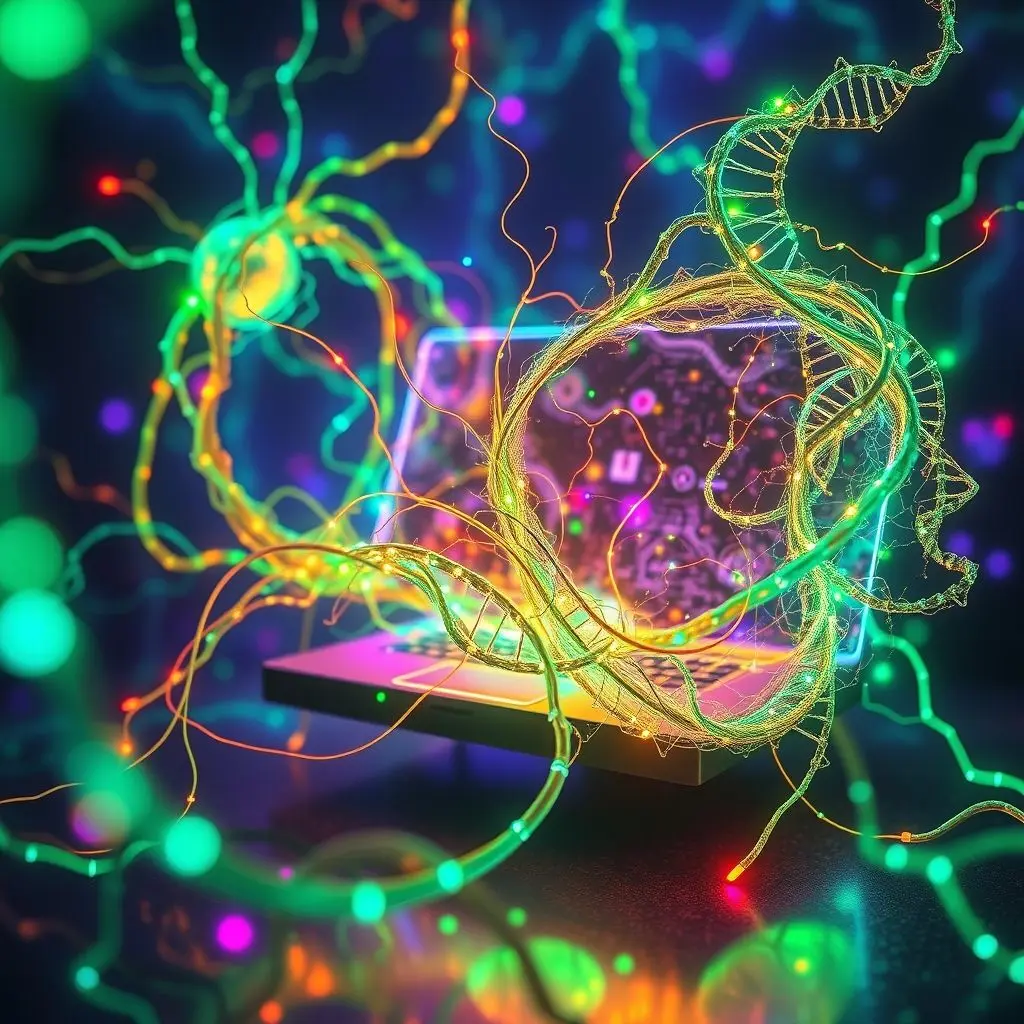
How Do They Work? The Intricate Logic of Life
The pathways to biological computation are diverse, each harnessing different aspects of life’s machinery. Here are the leading approaches:
1. DNA Computing: The Molecular Calculator
Pioneered by Leonard Adleman in 1994, DNA computing uses DNA strands as the basis for information storage and processing. Here’s how it fundamentally works:
- Data Encoding: Genetic information in DNA is encoded using four nucleotide bases: A (adenine), T (thymine), C (cytosine), and G (guanine). In DNA computing, specific sequences of these bases represent bits of information (0s and 1s).
- Operations: Biological enzymes (like ligases, restriction enzymes, or polymerases) act as computational operators. For example, specific enzymes can “cut” DNA strands at certain sequences or “join” them, performing logical operations like AND, OR, and NOT.
- Parallelism: A key advantage is the sheer number of DNA molecules in a small solution. Trillions of DNA strands can perform calculations simultaneously, offering a level of massive parallelism far beyond what silicon chips can achieve. Adleman’s initial experiment famously solved a seven-point Hamiltonian path problem – a version of the traveling salesman problem – using DNA.
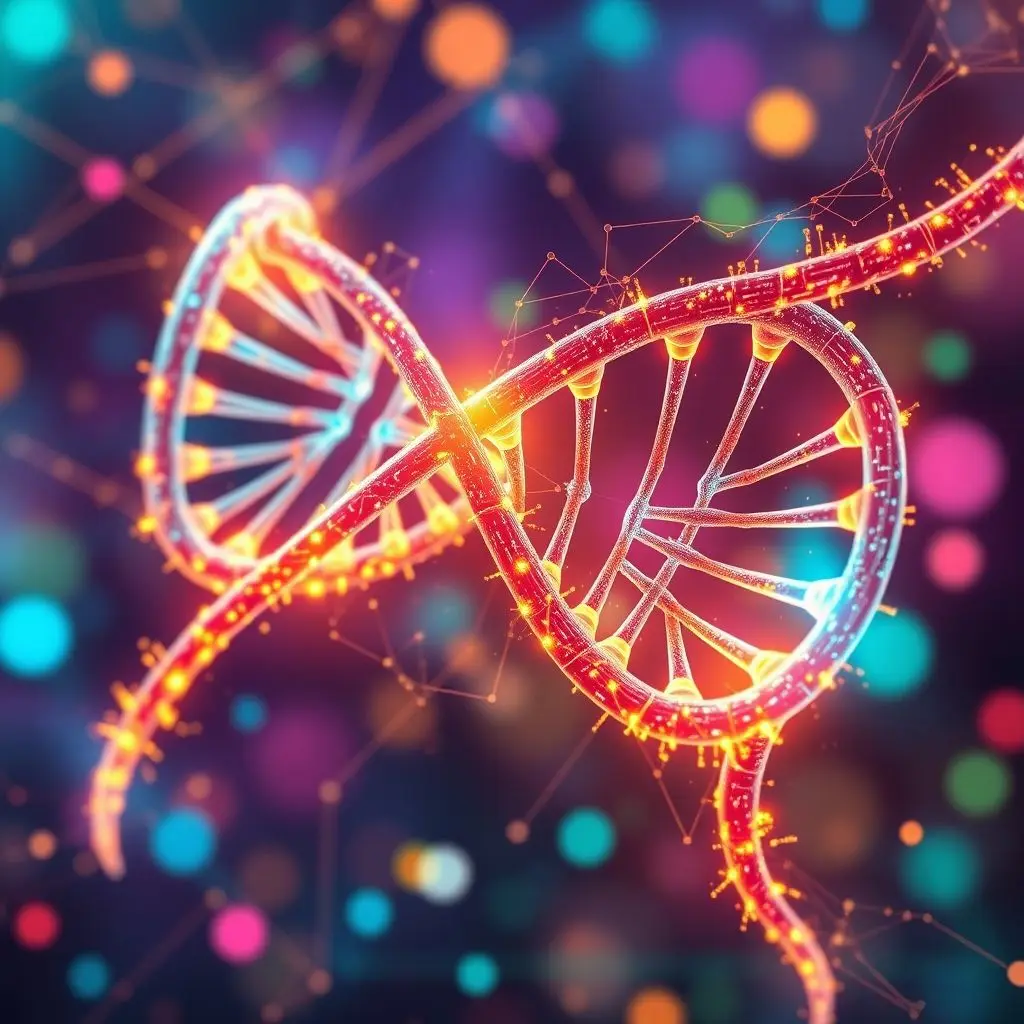
2. Neural Computing: The Living Brain Chip
This approach involves using living neurons, either individually or as parts of cultivated neural networks (often called organoids or “brain organoids”), to process information. Neurons communicate through electrical and chemical signals (action potentials and neurotransmitters), forming complex networks capable of learning and memory:
- Synaptic Plasticity: The ability of connections between neurons (synapses) to strengthen or weaken over time is fundamental to learning and adaptation. Biocomputers leveraging neurons can exhibit similar forms of plasticity, allowing them to learn from data.
- Brain Organoids: Researchers are growing 3D cellular models of the brain in labs. These “mini-brains” can generate spontaneous electrical activity and form complex networks. Projects like the University of Indiana’s Brainoware have demonstrated using human brain organoids to perform tasks like speech recognition, showcasing their ability to learn and classify data.
- Energy Efficiency: Neural computation is incredibly energy-efficient compared to silicon, as biological processes run on ATP, a far less power-intensive fuel than electricity.
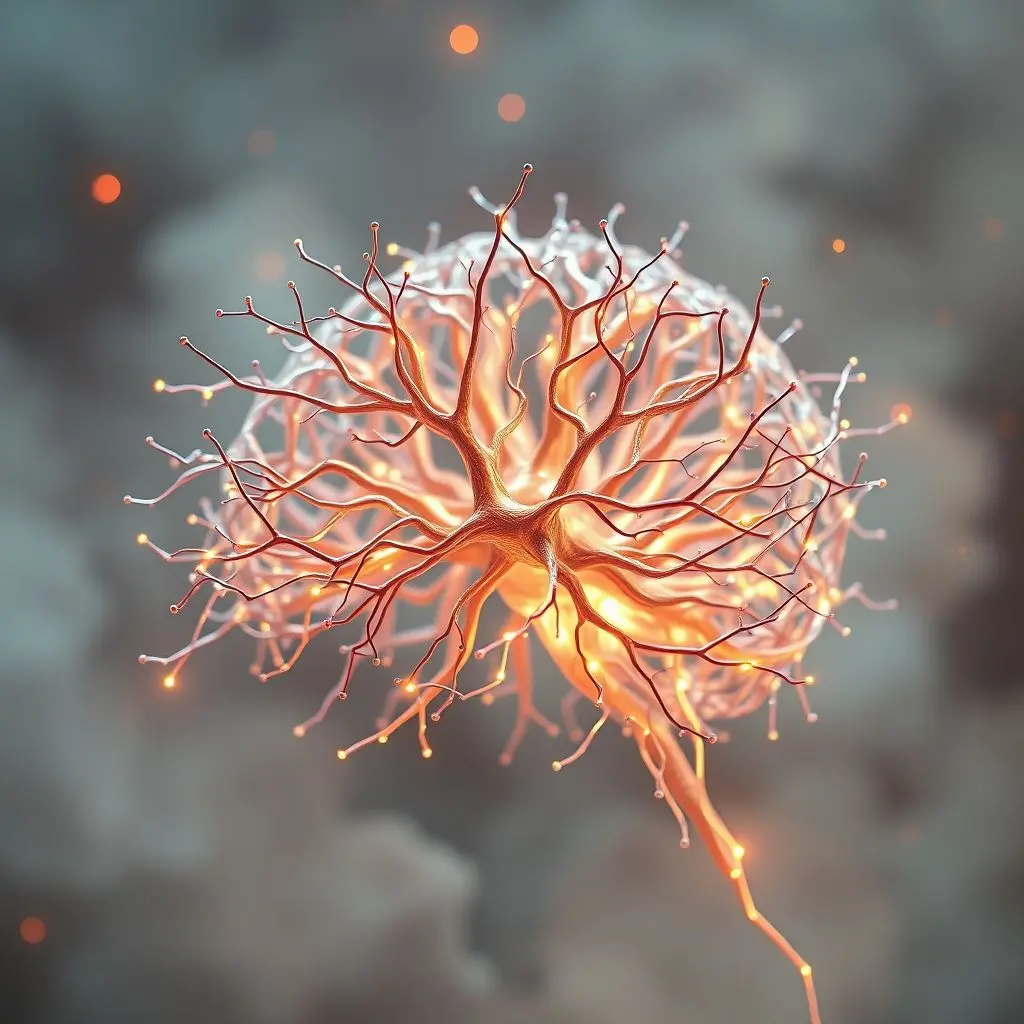
3. Other Molecular and Cellular Approaches
- Bacterial Computers: Genetically engineered bacteria can be programmed to perform logical operations based on specific environmental inputs, acting as biosensors or tiny computational units.
- Protein-Based Computing: Proteins, with their complex folding structures and enzymatic activities, can also be designed to perform specific computations.
- Chemical Computing: Utilizing the dynamics of chemical reactions, especially oscillating or excitable chemical systems, to process information.
The Unrivaled Advantages of Living Logic
The allure of biocomputers isn’t just novelty; it’s rooted in their unique and powerful advantages:
- Self-Repair and Self-Assembly: Unlike static silicon chips that fail permanently, biological systems possess an innate ability to self-repair and regenerate. They can also self-assemble into complex structures, potentially simplifying manufacturing.
- Extraordinary Energy Efficiency: Biological processes operate at incredibly low energy consumption, running on chemical energy (ATP) rather than electricity. This could lead to computers that require minuscule power, reducing environmental impact and enabling longer battery life.
- Inherent Adaptability and Learning: Biological systems are designed to evolve and adapt. Biocomputers can potentially learn and reconfigure their own internal connections in response to new data or changing conditions, mirroring how living brains function.
- Massive Parallelism: As seen with DNA computing, the sheer number of molecules or cells allows for billions or trillions of operations to occur simultaneously, offering a dramatic leap in parallel processing capabilities.
- Biocompatibility: For medical applications, biocomputers can potentially interface seamlessly with living tissue, opening doors for in-body diagnostics, smart drug delivery, and advanced prosthetics.
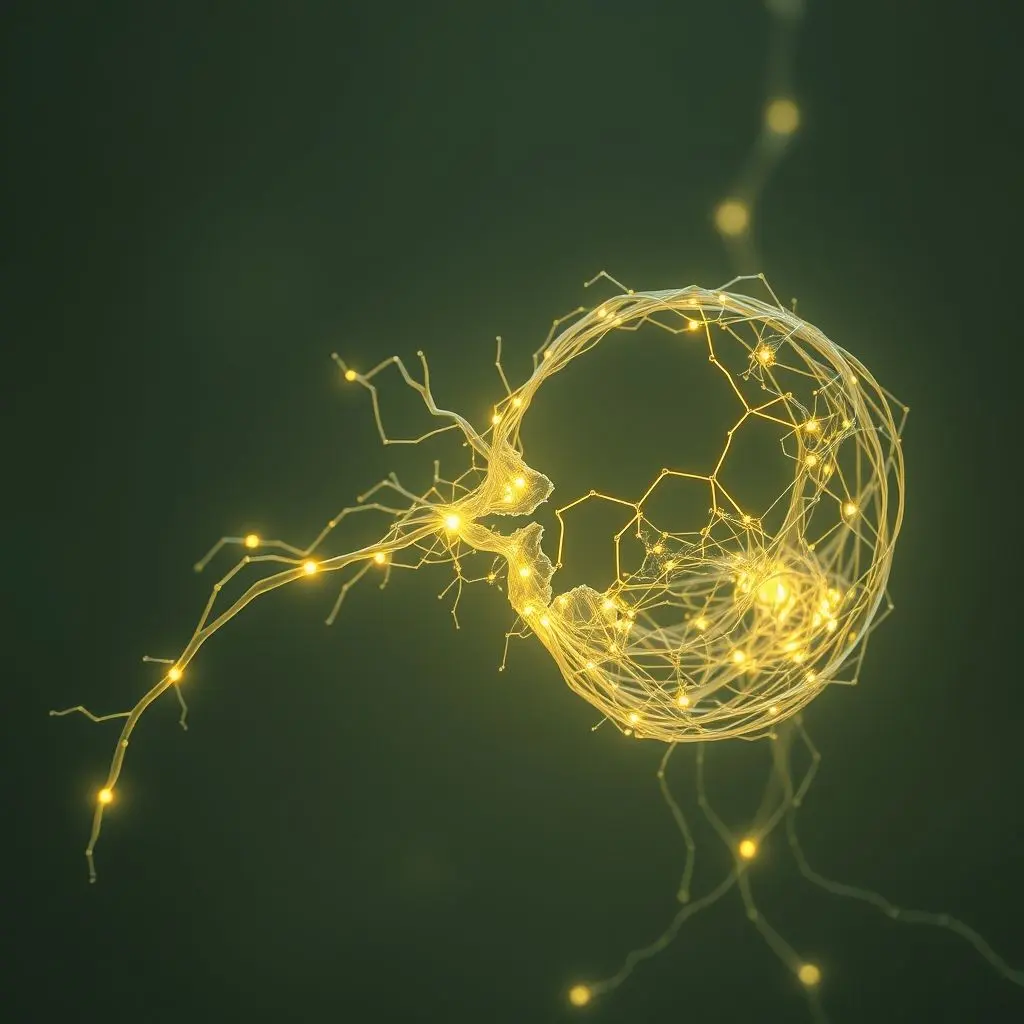
Current Research and Groundbreaking Discoveries
While still in their nascent stages, biocomputers are progressing rapidly:
- Brain Organoid Intelligence (OI): As mentioned, research teams are actively developing organoid intelligence, demonstrating tasks like learning a simple game or performing speech recognition with cultured neural networks. This field explores the potential of biological neural networks to mimic and even surpass AI capabilities in certain domains.
- DNA-based Diagnostics: DNA circuits are being developed for highly specific and sensitive detection of diseases, acting as tiny diagnostic “computers” that react to specific biomarkers in blood or urine samples.
- CRISPR-based Logic Gates: The revolutionary gene-editing tool CRISPR has also been adapted to create molecular logic gates, enabling precise control over gene expression based on multiple inputs, essentially programming cellular behavior.
These breakthroughs, though often proof-of-concept, highlight the immense potential and active research pouring into this fascinating field.
Challenges on the Path to a Living Future
Despite the immense promise, building practical biocomputers presents significant hurdles:
- Scalability and Control: Precisely controlling and connecting billions of biological components in a stable, predictable manner is incredibly difficult. Unlike etching circuits onto silicon, growing biological systems is inherently less precise.
- Stability and Lifespan: Biological components are delicate and have limited lifespans. Maintaining their viability and computational integrity over extended periods without degradation is a major challenge.
- Interfacing: Bridging the gap between the biological world and our electronic digital world requires sophisticated input/output mechanisms that can translate biological signals into digital data and vice versa.
- Ethical Considerations: As we move towards more complex biological computing, particularly with neural organoids, profound ethical questions arise regarding consciousness, sentience, and our responsibilities towards these living computational entities.
The Transformative Potential: Beyond Silicon Dreams
Should these challenges be overcome, the impact of biocomputers could be truly revolutionary:
- Ultra-Efficient AI and Machine Learning: Biocomputers could lead to AI systems that learn more naturally, require significantly less power, and excel at complex, unstructured data processing, mirroring biological intelligence.
- Breakthroughs in Medicine and Healthcare: Imagine in-body diagnostic systems that can detect diseases at their earliest stages, personalized drug delivery systems that react to real-time bodily changes, or even biocompatible prosthetics that seamlessly integrate with our nervous system.
- Environmental Monitoring and Bio-Sensors: Living computers could act as highly sensitive, self-sustaining sensors to monitor pollution, detect toxins, or track ecological changes with unprecedented precision.
- Novel Materials and Self-Assembly: The principles of self-assembly inherent in biological systems could lead to the creation of new materials with self-healing properties or manufacturing processes that require minimal external intervention.
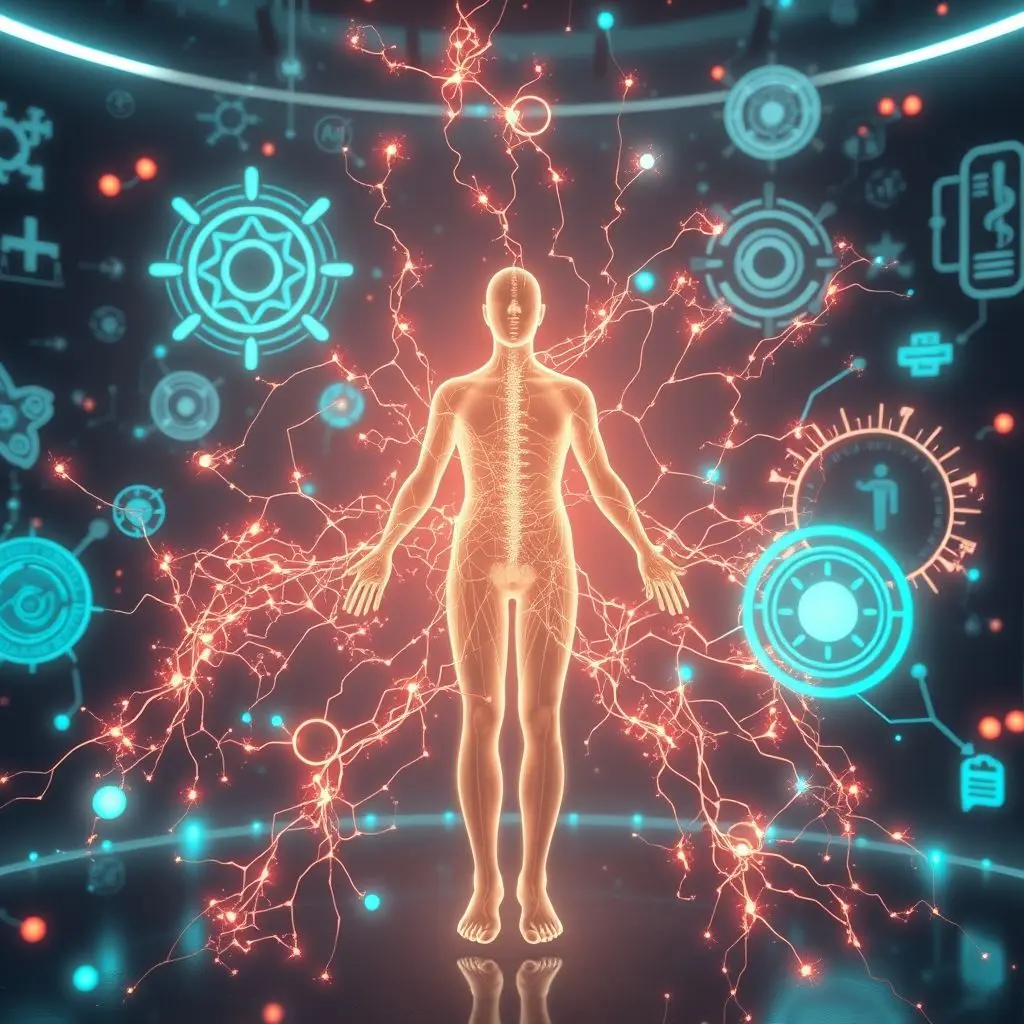
Frequently Asked Questions About Biocomputers
Q1: Are biocomputers real, or are they just theoretical?
A1: Biocomputers are very real. While still in early research and development stages, proof-of-concept devices using DNA, neurons, and other biological components have successfully performed computational tasks in laboratories worldwide. They are not yet commercially available, but the science is actively advancing.
Q2: How fast are biocomputers compared to traditional computers?
A2: Speed is relative. For raw clock speed, traditional electronic computers are currently much faster. However, biocomputers excel at massive parallel processing, meaning they can perform many calculations simultaneously. For certain complex problems, especially those involving pattern recognition, learning, and optimization, a biocomputer’s parallel nature could make it incredibly efficient and, in some cases, effectively faster for specific tasks.
Q3: What are the main types of biocomputers being researched?
A3: The primary types involve DNA computing (using DNA molecules for data storage and processing) and neural computing (using living neurons or brain organoids). Other areas include bacterial computers, protein-based computing, and chemical computing.
Q4: Will biocomputers replace silicon-based computers?
A4: It’s unlikely they will entirely replace silicon computers in the near future. Instead, they are more likely to complement them, excelling in specific niches where their unique advantages – such as energy efficiency, learning capabilities, self-repair, and biocompatibility – are paramount. Think of them as specialized co-processors for biological, AI, or ultra-low-power applications.
Q5: What are the ethical concerns surrounding biocomputers, especially neural computers?
A5: Ethical concerns are significant, particularly for neural computers or ‘brain organoids’. Key questions include: Do these biological systems have consciousness or sentience? What are our responsibilities towards them? How do we ensure they are not exploited? These are complex philosophical and scientific questions that researchers and ethicists are actively debating as the field progresses.
A Future, Organically Grown
The journey into biocomputing is a testament to humanity’s relentless quest for innovation, pushing the boundaries of what’s possible by merging the oldest form of intelligence – life itself – with the newest technological frontiers. As research deepens and our understanding of biological systems expands, the silent revolution of biocomputers will undoubtedly unlock new worlds, ushering in a digital dawn vibrant with life’s own logic. It’s a brave new era where the future of technology might just be, quite literally, alive.
